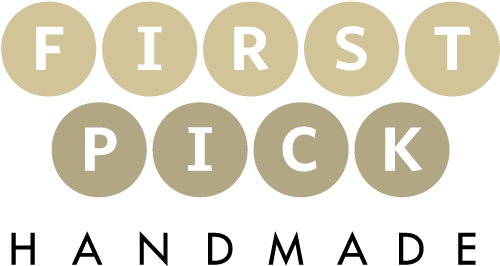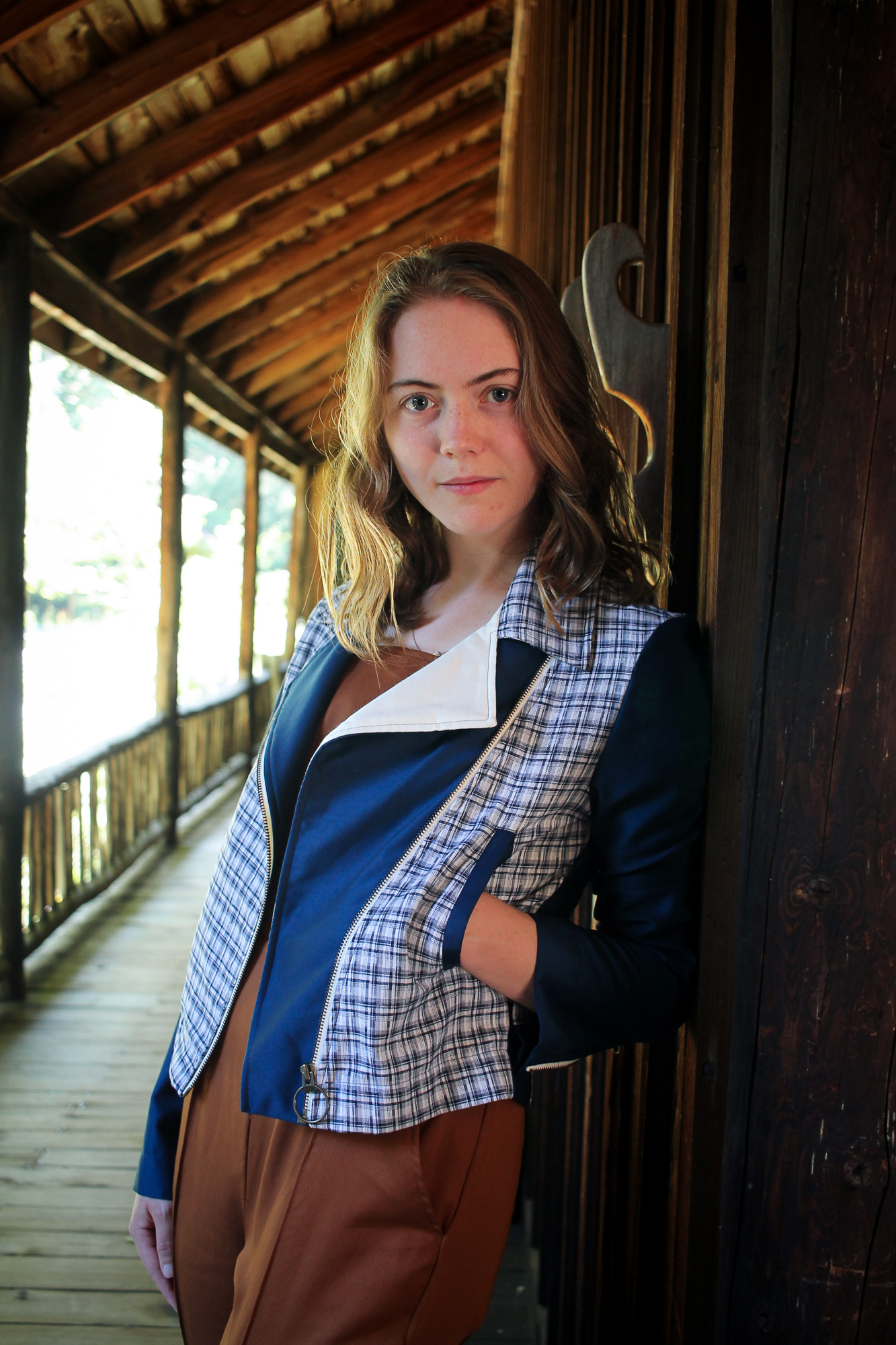TGIF! It’s Friday and we’re riding into the weekend with one final designer profile on our Pattern and Colour Spotlight: Vancouver’s own Street and Saddle!
We’re always excited to chat with designer Katelyn Woodburn, to get her take on sustainability and how we can make our closets more conscious, as well as feeling on point… With carefully chosen fabrics and thoughtful details, we love how Street and Saddle brings a bit of equestrian heritage to the everyday, not only in styling, but also with durable craftsmanship. Street and Saddle pieces are ones to wear for years to come.
We love that Katelyn is a designer who loves colour, so if your wardrobe is in need of a bit of colour for fall, she’s your girl! PS: there’s pieces for Men as well, so everyone can get in on the action!
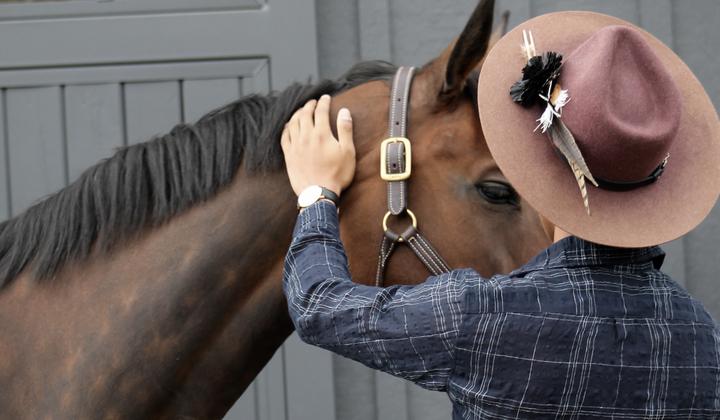
What’s new for Fall 2019? Why are you excited about this season?
Our Fall collection is western-inspired; dusty but rich colours, a bit rebellious. And there’s jewellery to match.
What’s the one thing customers should add to their wardrobe this season and why?
A conversation piece. You won’t regret it.
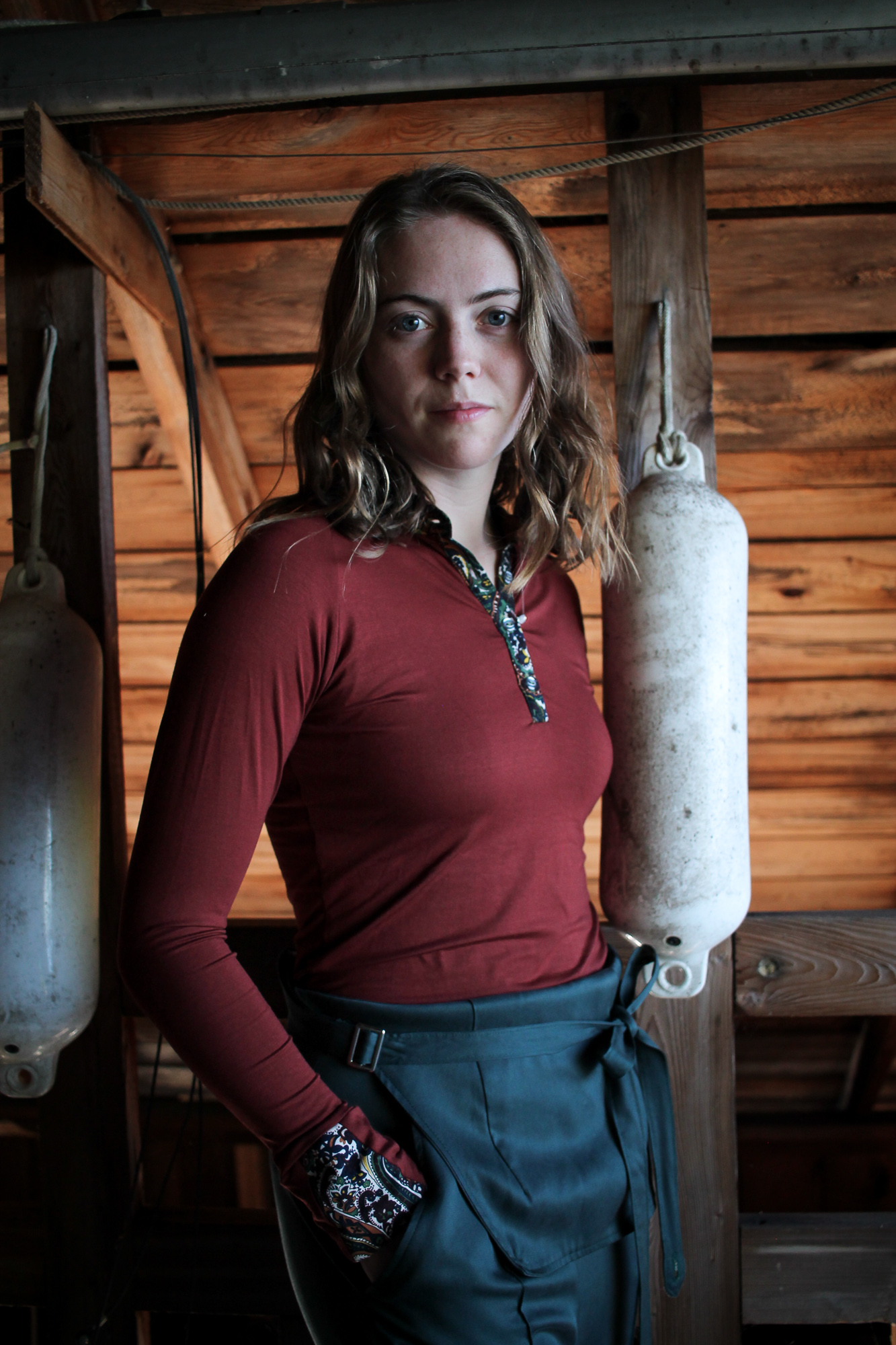
Sustainability is huge right now, but what do you think needs to happen to take it from “trend” status to how the everyday person is living?
Knowledge and research. Sustainability is so complex, that just reading Instagram captions is not enough. Reading actual research is at times boring and very time consuming, but it’s so important.
Greenwashing: What comments would you like to make on the subject? What have you noticed that bothers you? What should consumers be aware of when comparing products and making purchases?
Just remember that as a customer, you have a right to know where an item was made, and what the raw materials are. Brands are legally obligated to clearly tell you so, and if they aren’t or can’t, that should raise some red flags. The country on the label does not determine the quality of the garment, but ignoring the place of origin is disrespectful.

What is your favourite part of production, and why? …And the least favourite?
I honestly love production more than any other aspect of my business. I love seeing a lumpy pile of fabric pieces turn into an elegant jacket. My least favourite would be the fact that every time I have a huge deadline, one of my four sewing machines spontaneously jams. Like clockwork.
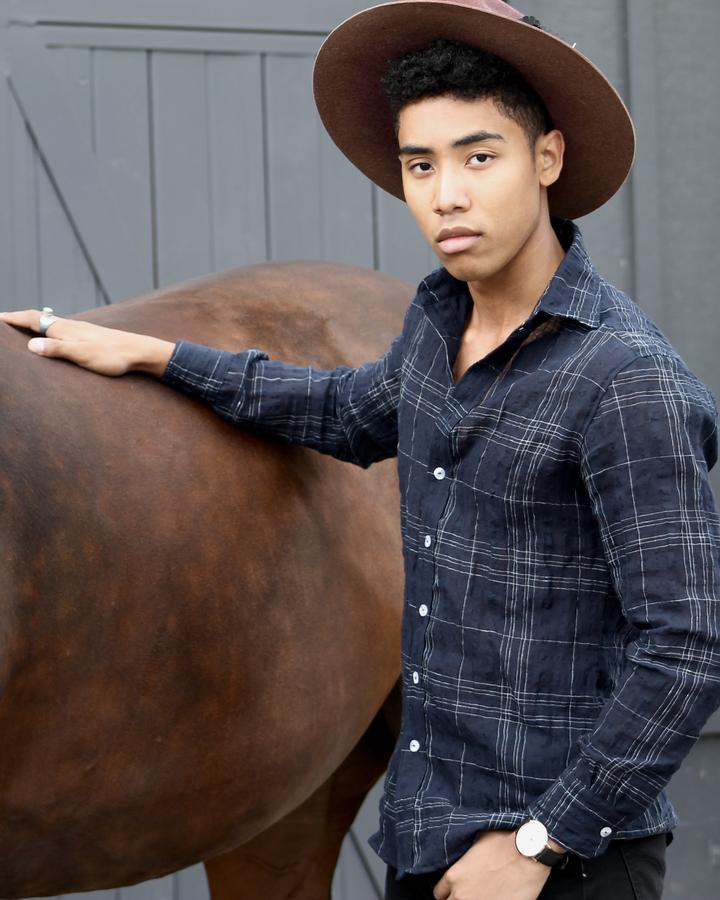
What do you wish customers understood about the production process?
That it takes so much time and talent to master. I still consider myself an apprentice, even though I can do about three quarters of the manufacturing by myself. Whenever I have time, I pull up a chair beside my sewer so that I can watch her and learn. It’s like engineering mixed with brain surgery. I just wish that sewers worldwide got a little more credit as craftspeople – it’s an industry that we so take for granted.
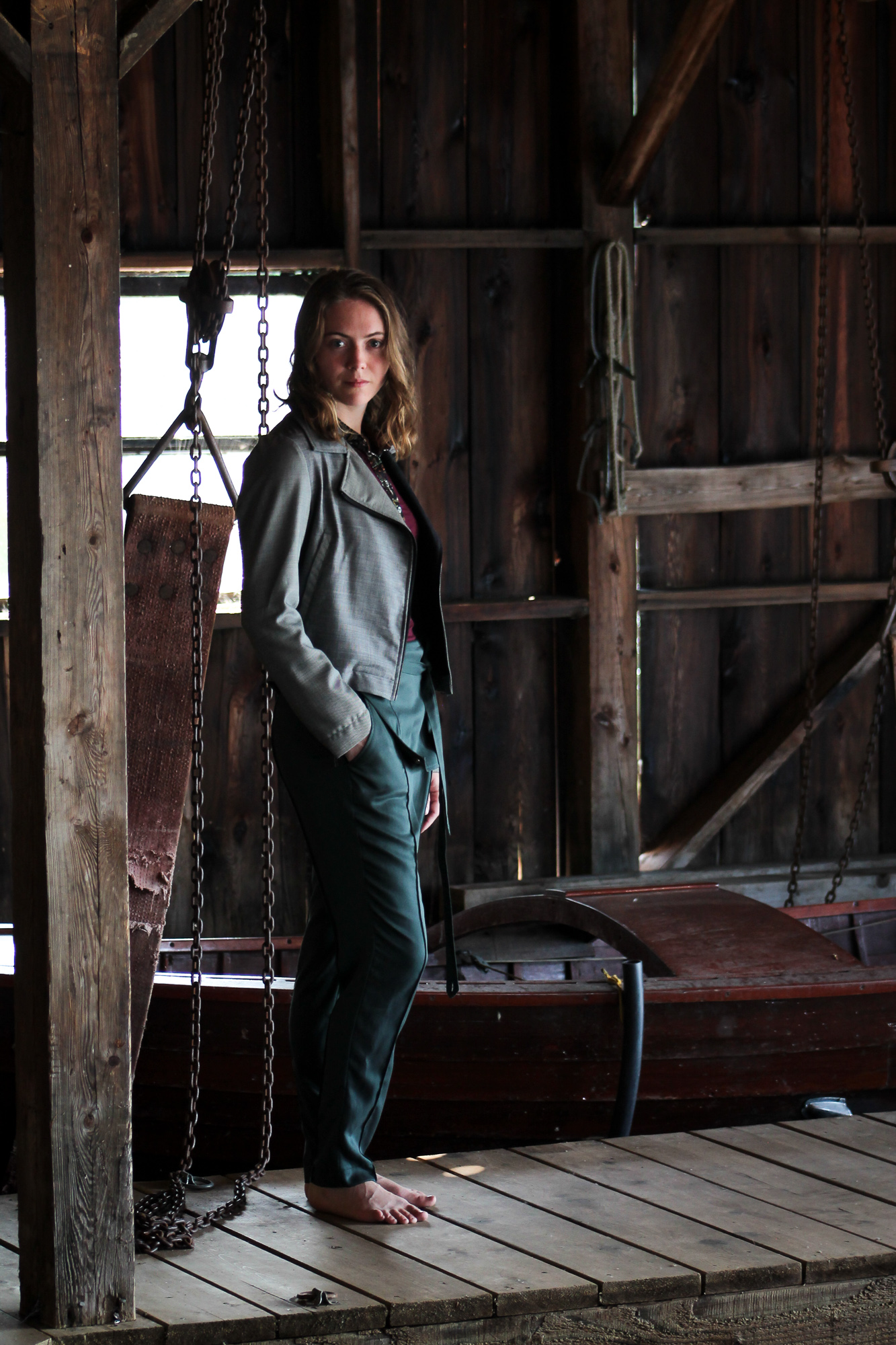
People often think fashion is all glamorous… what’s your “average” day like?
Hah! A typical day involves some computer work, googling exciting things such as “What is a pro forma income statement,” followed by somestruggling with spreadsheets, then some cutting and sewing, then trying to convince my ancient printer to spit out some shipping labels so I can pack orders. My boyfriend usually calls around lunch, so I’ll vent about spreadsheets (after work, he fixes the spreadsheets). My Favourite days are fabric shopping days, but those only happen about three times a year or as my bank account allows.
I promise, I love it.
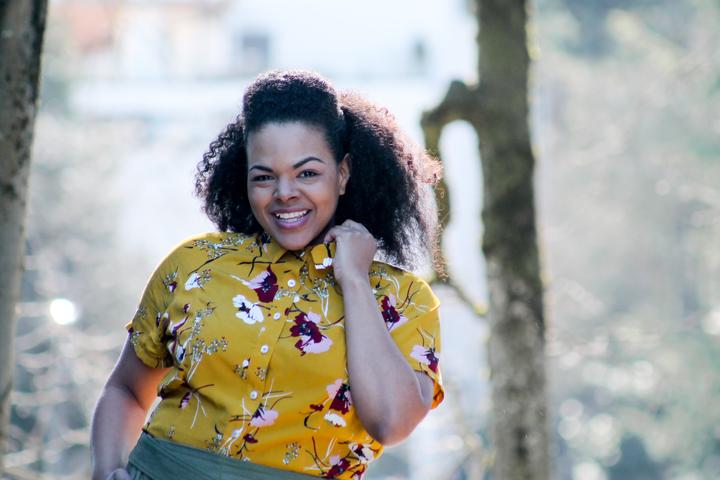
What challenges do you find yourself facing, and how does being part of the local design scene help?
I LOVE the local maker scene. Everyone is following such a unique path, but we’re all working towards similar goals in terms of sustainability. From sourcing recycled packing materials to asking opinions about fabrics, I rely on them for advice and opinions all the time. I admire their hustle.
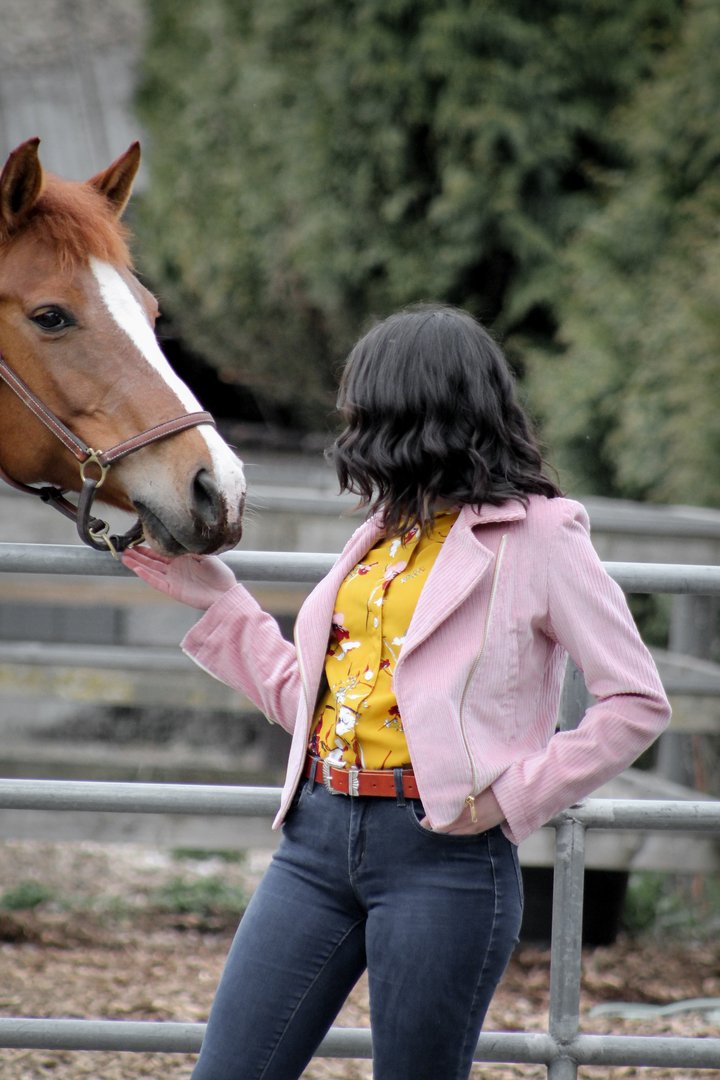
How are you balancing creativity with the daily grind?
My sense of creativity has done a complete one-eighty in the last three years. I used to spend endless solitary hours drawing, dreaming up crazier and crazier ideas. It was like a bottomless well of ideas. The more successful my brand became, the more self conscious I was about designing. Maybe it was because I knew there were financial consequences to whatever I made, but I just couldn’t draw anymore.
It took awhile to figure out that what I had lost had been replaced with another, even better skill. I started relying on the people around me to help me out – my partner, my sewer, my customers, my maker-friends, my studio-mates. I would come home and pester my roommates; “try this on please,” “what do you think of the collar,” or, my most commonly asked question “Is this tacky in a good way or tacky in a bad way?” I had learned to be more collaborative and built a network of other creative people around me who could give feedback.
Creativity never disappears! You just have to know where to look.
